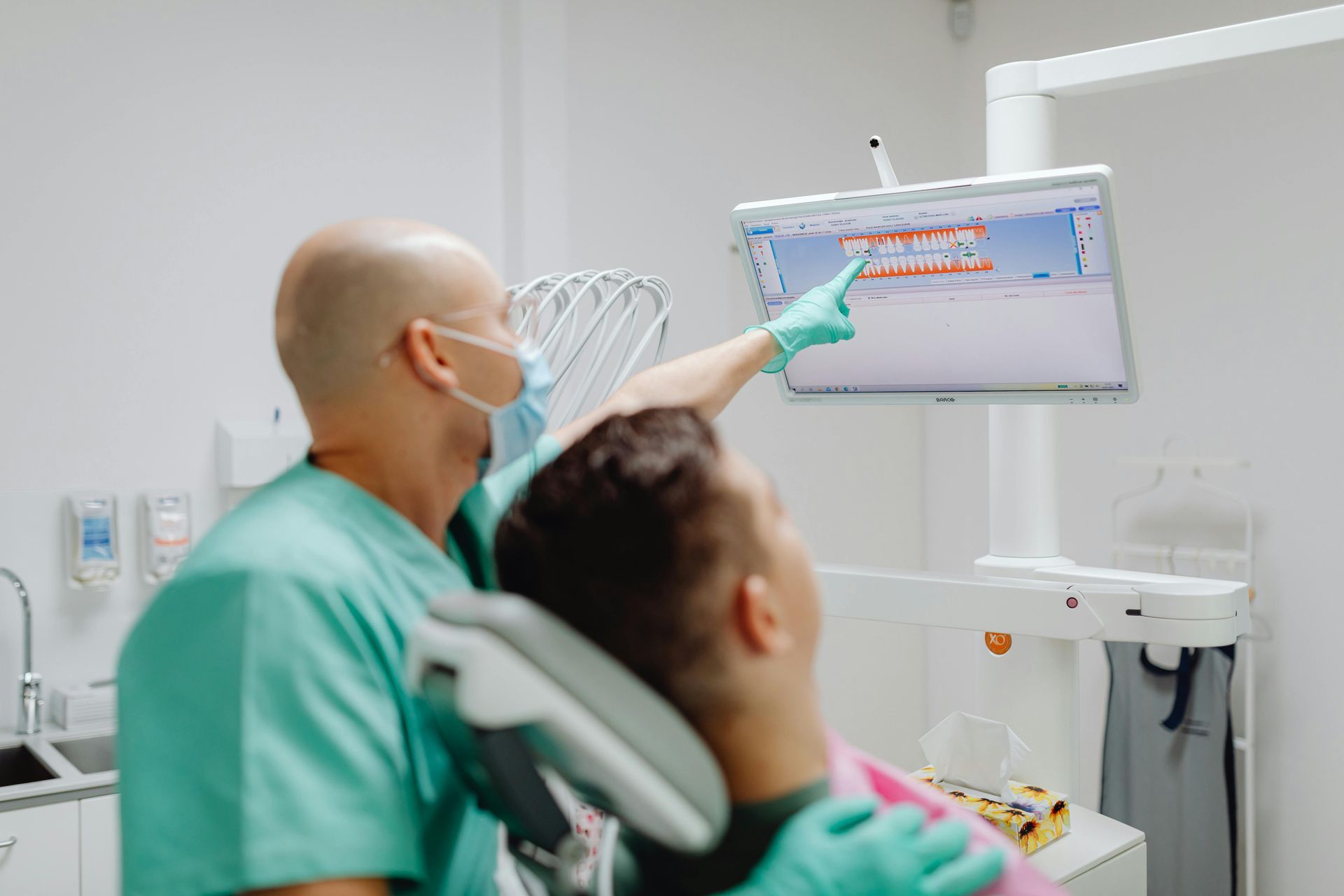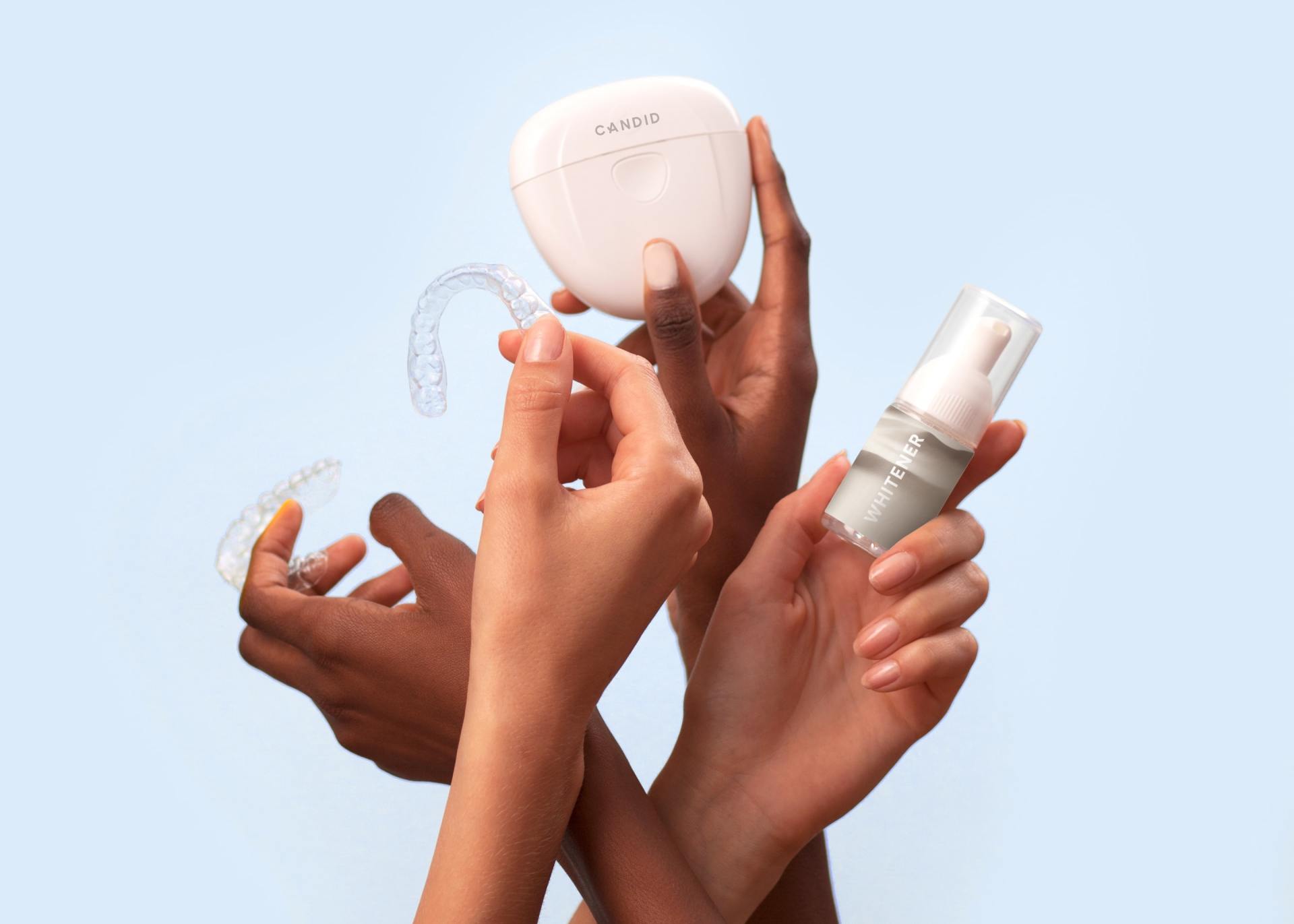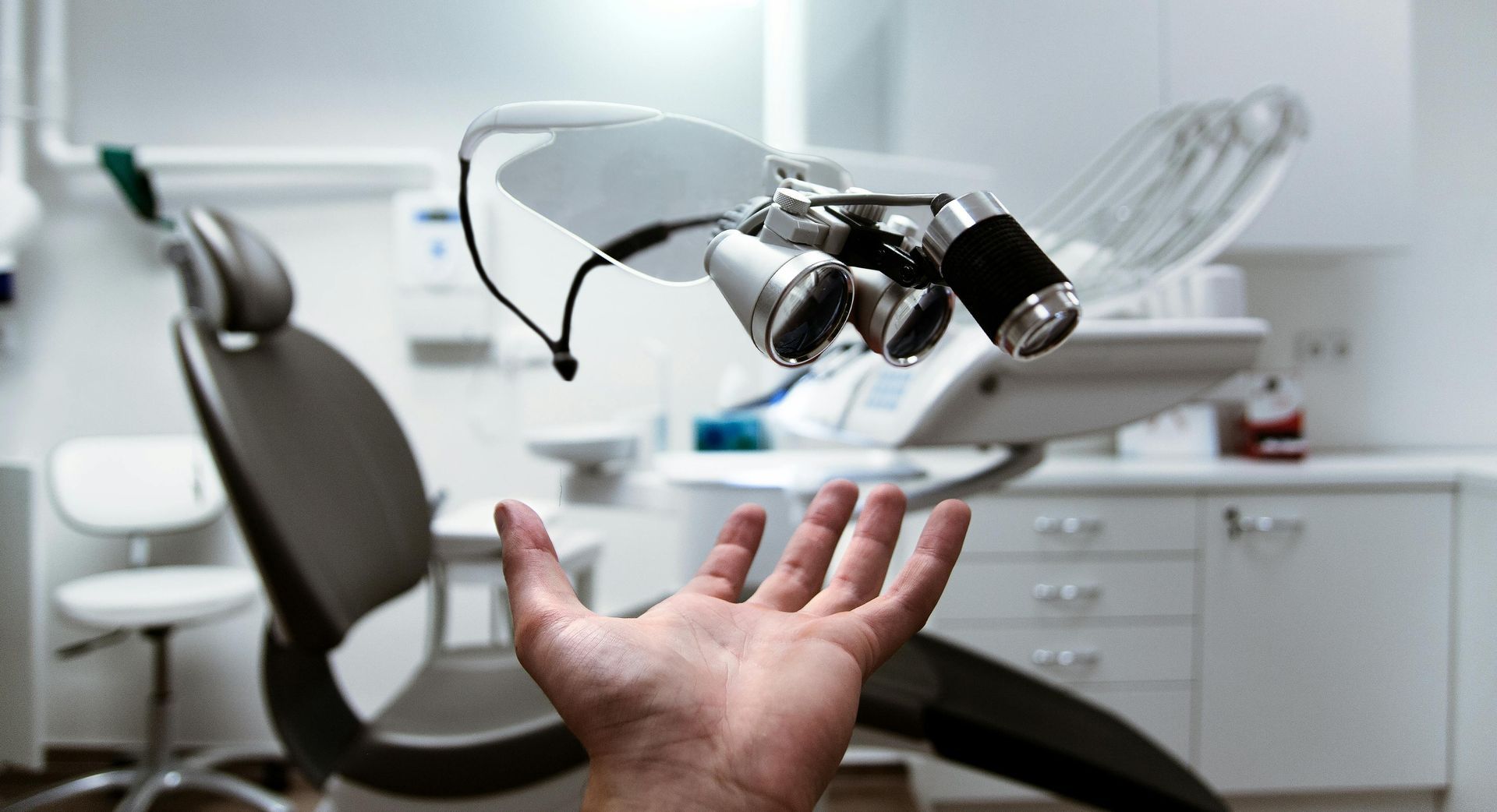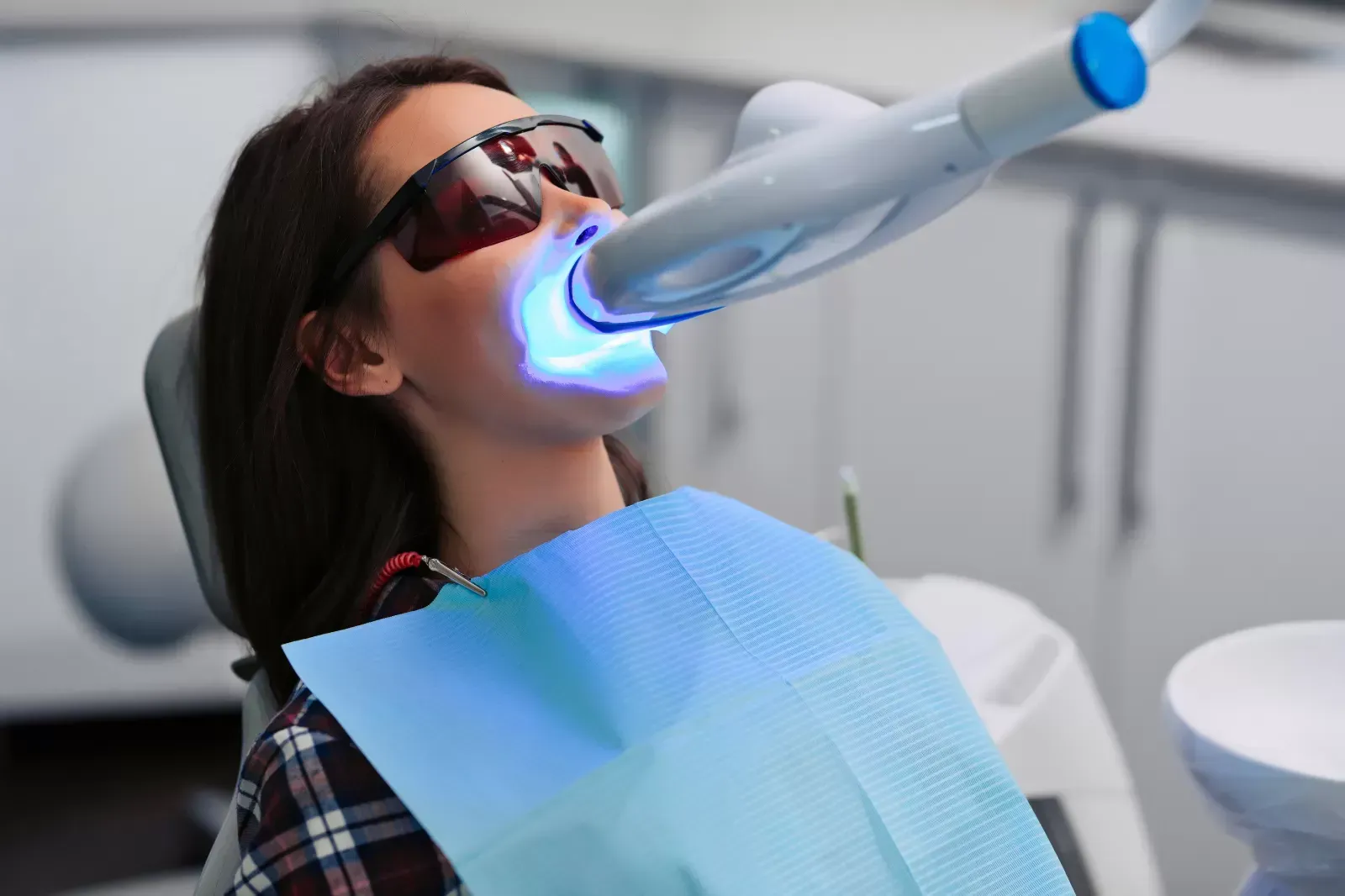1396 Don Mills Rd. B107, North York, ON M3B 3N1 | (647) 955-6061
Electric vs. Manual Toothbrush: Which Option Is Best for Your Oral Health?
What are the advantages of electric toothbrushes?
Dental health is a cornerstone of overall wellbeing, and the debate between electric toothbrushes and manual brushes in oral hygiene is ongoing. Electric brushes come equipped with features that can provide significant advantages over conventional manual brushes. From enhanced plaque removal to innovative technical aids, electric toothbrushes have grown in popularity and are often recommended by dental professionals. The primary benefits include more effective cleaning, which can lead to a reduction in gum disease and tooth decay, user-friendly features for a wide range of needs, and technical innovations that can help improve brushing habits.
Superior plaque removal
Amongst the primary concerns for someone seeking optimal oral health is the efficient removal of dental plaque, a sticky film of bacteria that can lead to tooth decay and periodontal disease. Clinical trials have shown that electric toothbrushes, particularly sonic toothbrushes, can remove more plaque compared to manual brushes. This is due in part to the oscillating or vibrating motion of the brush head which provides a more comprehensive cleaning action across the tooth surface. For electric toothbrush users, this means less effort with greater rewards in oral hygiene, actively contributing to a healthier mouth.
Built-in timers and coaching features
One common pitfall in oral hygiene is not brushing long enough. To address this, many electric toothbrushes come with built-in timers to ensure users brush for the recommended two minutes. Some powered toothbrushes go a step further, incorporating smart technology to provide real-time feedback on brushing technique, helping the user to reach all areas in the mouth and apply the right amount of pressure. These coaching features are a form of personalized oral health guidance, reducing the likelihood of issues such as gum recession and enamel wear due to overbrushing.
Adjustable settings for sensitive gums
Individuals with sensitive gums or specific dental needs can greatly benefit from the range of settings available on an electric brush. From soft bristles designed for tender gums to variable intensity settings that can ease discomfort, the personalization possibilities are extensive. These adjustable settings also prove valuable for those with limited mobility or special care requirements. With the press of a button, the user can switch to a gentler brushing mode, providing a comfortable yet thorough cleaning experience while minimizing the risk of aggravating sensitive oral tissues.
To summarize, while manual toothbrushes can maintain an effective cleaning routine, the technological advancements in electric toothbrushes offer a compelling suite of advantages for maintaining exceptional oral health.
What are the disadvantages of electric toothbrushes?
Electric toothbrushes, while often praised for their advanced features and effectiveness, are not without their drawbacks. Users contemplating the switch from manual to electric brushes must weigh the pros and cons. Though electric brushes may contribute to better plaque removal and can offer a range of benefits such as built-in timers and pressure sensors, there are certain disadvantages that should be taken into consideration.
Higher initial cost
One notable downside is the higher initial cost associated with electric toothbrushes. Unlike manual brushes, which are relatively inexpensive and can be replaced with ease, electric toothbrushes require a more significant upfront investment. The cost of electric toothbrushes can vary widely, with some of the high-end models such as sonic toothbrushes or those with multiple brush head options and additional features potentially costing a substantial amount.
Further cost considerations include the expense of replacement brush heads, which are typically required every three to four months. While manual brushes are simply replaced in their entirety, electric toothbrush users must regularly purchase new brush heads, adding to the long-term expense.
Dependence on charging and battery life
Another disadvantage is the dependency on charging and battery life. Unlike manual toothbrushes that are ready to use at any moment, electric toothbrushes require regular charging. Forgetting to charge the toothbrush or dealing with a power outage could mean reverting to a manual toothbrush or skipping a brushing session entirely.
Battery life varies among different models of electric toothbrushes, with some needing more frequent recharging than others. This can be inconvenient for users who travel often or do not have consistent access to a charging station. Furthermore, as electric toothbrushes age, their batteries may degrade and hold less charge, leading to increased charging frequency and, eventually, the need for a replacement toothbrush. This reliance on power underscores the importance of considering lifestyle and practicality when choosing between an electric toothbrush and its manual counterpart.
What are the benefits of manual toothbrushes?
Affordability and accessibility
One of the standout advantages of manual toothbrushes is their affordability. Manual brushes are generally less expensive than electric toothbrushes, making them accessible to a wider portion of the population. They can be purchased at virtually any pharmacy, grocery store, or convenience shop, and don’t require any special equipment or replacement parts except for the brush itself, which needs to be replaced every three to four months. This easy availability and affordable price point make manual toothbrushes an appealing choice for maintaining oral health on a budget.
Simple and no need for power sources
Manual toothbrushes offer simplicity and independence from power sources, making them user-friendly in any situation. They are ideal for people who travel often, as they don't run the risk of running out of power or the hassle of carrying chargers and adapters. Moreover, their ease of use is unparalleled; you can use a manual toothbrush properly with minimal instruction, making them a reliable tool for oral hygiene in any setting.
Variety of bristle options available
With manual toothbrushes, users have a vast selection of bristle options to match their personal oral hygiene needs and preferences. Bristles can vary from soft, medium, to hard, catering to different gum sensitivities and cleaning requirements. Dental professionals often recommend soft bristles to prevent gum recession and enamel wear, while medium to hard bristles may be preferred by those who feel they need a more vigorous clean. The spectrum of bristle types also includes varied shapes and patterns on the toothbrush head, designed to reach different areas of the mouth effectively.
Affordability and accessibility
Affordability and accessibility are pivotal factors when discussing the comparison between manual and electric toothbrushes. Manual brushes, often being less expensive, provide an economically feasible option for maintaining oral health. The initial cost is low, and they are widely available in various stores, making them accessible to a broad audience. Additionally, manual toothbrushes do not require batteries or charging, avoiding ongoing expenses.
In contrast, electric toothbrushes represent a larger upfront investment. Prices vary with features ranging from basic models to advanced designs like sonic toothbrushes, equipped with pressure sensors and built-in timers. The cost of replacement brush heads, usually needed every three to six months, adds to the long-term expenses, making them less affordable over time.
However, some electric brushes have shown clinical efficacy in reducing dental plaque and gum disease, potentially offsetting their initial cost with savings in dental care. Users with limited mobility may find electric versions particularly beneficial.
When considering the type of toothbrush to use, it is essential to weigh the initial cost against the potential benefits, such as oral health improvements and the need for specific features that could contribute to a more effective brushing session.
What are the drawbacks of manual toothbrushes?
Manual toothbrushes have been a staple in oral hygiene for centuries. While they are convenient and widely available, there are several drawbacks to using manual brushes that can impact your oral health.
Firstly, using a manual toothbrush can sometimes lead to improper brushing technique. Secondly, manual toothbrushes can be less effective in hard-to-reach areas of the mouth. Using a manual toothbrush requires the user to be adept at proper brushing angles and techniques, an area where many fail to maintain consistency.
Shortcomings of manual brushing can translate into a greater risk of developing tooth decay, gum disease, and other oral health issues. Additionally, improper pressure during brushing can cause gum recession and wear away at the tooth enamel.
Let's delve deeper into each drawback and understand why the type of toothbrush you choose matters.
Potential for improper brushing technique
With manual toothbrushes, one significant challenge is the potential for improper brushing technique. Effective brushing is not just about moving the brush head across the tooth surface; it involves the correct angle of approach, timed brushing sessions, and proper pressure. Many individuals do not brush long enough or use incorrect movements, leading to inadequate removal of dental plaque.
Electric toothbrushes often alleviate these issues by offering features such as a built-in timer to ensure a full two-minute brushing session, and pressure sensors to prevent brushing too hard. These aids can promote better brushing habits and consequently, better oral hygiene.
Less effective in hard-to-reach areas
Another disadvantage of manual toothbrushes is their effectiveness in hard-to-reach areas, such as the back molars. The shape and size of manual brush heads require more effort and manual dexterity to expertly navigate these challenging spaces thoroughly. Electric toothbrushes, particularly those with oscillating or sonic technology, have been shown in clinical trials to outperform manual brushes when it comes to reaching and cleaning difficult oral terrain.
Moreover, powered toothbrushes often come with various replacement brush heads designed specifically for different areas of the mouth, further enhancing their cleaning efficacy.
In conclusion, while both electric and manual toothbrushes can maintain oral health if used properly, electric toothbrushes offer features that can compensate for common human errors in brushing technique, potentially leading to better oral hygiene outcomes. As always, consult with a dental professional to determine the best tools and techniques for your individual needs.
Are electric toothbrushes more sustainable than manual options?
When evaluating sustainability between electric toothbrushes and manual options, several factors must be taken into account. Sustainability not only refers to the immediate environmental impact of using the product but also encompasses the production, lifespan, and disposal phases of the product’s life cycle.
Electric toothbrushes, with their rechargeable batteries and longer life spans, often have a more significant initial environmental footprint due to the complex electronics and materials required for their manufacture. On the other hand, they might contribute to less waste over time, as users only need to replace the brush heads rather than the entire toothbrush.
Manual toothbrushes, conversely, tend to have a smaller environmental impact at the production stage due to their simpler design and fewer components. However, since they are typically fully disposed of every three to four months, the cumulative effect of this waste can be substantial, particularly considering the vast number of users worldwide.
To arrive at a comprehensive view of sustainability, one must also consider the sourcing of materials, energy used during manufacture, packaging, and the potential for recycling at the end of life – all factors that weigh differently for electric and manual toothbrushes.
Considerations for plastic waste
The impact of plastic waste on the environment is a major concern with both manual and electric toothbrushes. For manual brushes, the entire toothbrush is often discarded, and with billions used each year, this contributes significantly to landfill waste. Most manual toothbrushes are not recyclable due to the combination of materials, such as plastic handles with rubber grips and nylon bristles, which makes them difficult to process.
Electric toothbrushes typically have replaceable heads, meaning only a small portion of the product is discarded regularly. However, the handle and the battery within, which last for several years before needing replacement, consist of plastics and metals that can be detrimental to the environment if not properly disposed of. The replacement brush heads, although smaller than a full manual toothbrush, still contribute to plastic waste and often are not recyclable.
Life cycle and recyclability of electric toothbrushes
Considering the life cycle and recyclability of an electric toothbrush is vital to understanding its sustainability credentials. Throughout its life cycle, an electric toothbrush can have a lower turnover rate on the main body, which contains the motor and battery. These are designed to last for several years. However, the materials used in electric toothbrushes are often complex, which can pose challenges for recycling programs. The blend of plastics, metals, and electronic components requires specialized facilities to dismantle and recycle.
Some manufacturers have taken steps to mitigate this by offering recycling programs or designing toothbrushes with easier-to-recycle materials. Batteries, in particular, need careful handling at the end of life to prevent environmental harm.
Replacement brush heads are generally smaller and produce less plastic waste than a full manual toothbrush, but they still need to be changed regularly. Some brands have introduced recyclable brush heads or have programs in place to collect and recycle them, which increases the overall sustainability of the electric option.
Therefore, the recyclability of an electric toothbrush largely depends on the availability of special recycling programs and the user’s commitment to participate in these programs. Without proper recycling, electric toothbrushes can ultimately contribute to electronic waste, which is a growing environmental problem.
In summary, while both manual and electric toothbrushes present challenges to sustainability and recyclability, the differences in their life cycles and the potential for waste reduction efforts make this a nuanced issue that lacks a clear-cut answer. Consumer habits, manufacturer initiatives, and the development of recycling technologies will all play roles in shaping a more sustainable future for dental hygiene products.
Conclusion: Personalizing your toothbrush choice
When deciding between electric toothbrushes and manual brushes for maintaining oral health, personalization is key. Both types have their benefits:
Electric Brushes:
- Can reduce the effort required during a brushing session, beneficial for those with limited mobility.
- Often equipped with pressure sensors to prevent gum recession.
- Built-in timers ensure users brush for the recommended time.
- Certain sets have multiple brush heads tailored for different needs.
Manual Toothbrushes:
- Provide a high level of control for brushing technique.
- Soft bristles offer a gentle approach suited for sensitive gums.
- Independent from charging, making them portable and convenient for travel.
Ultimately, the choice between the two should be guided by individual needs and preferences. Dental professionals, including dentists and dental hygienists, may offer personalized recommendations based on one's oral health, susceptibility to gum disease, or presence of conditions like periodontal disease.
Clinical trials and cohort studies continually contribute to our understanding, yet no one-size-fits-all answer exists. Whether opting for manual or powered toothbrushes, the goal remains consistent: effective removal of dental plaque to prevent tooth decay and maintain a healthy smile.
At Don River Dental we give you the best tips . If you are experiencing any symptoms or pain please feel free to call us at (416) 901 - 9292 and someone from our team will be happy to answer any questions and schedule an appointment as soon as possible. We offer safe soothing dentistry in North York.
Tel: (647) 955-6061
Fax: (416) 901-9293
Email: hello@donriverdental.com
Address: B107-1396 Don Mills Rd
North York, ON M3B 3N1


